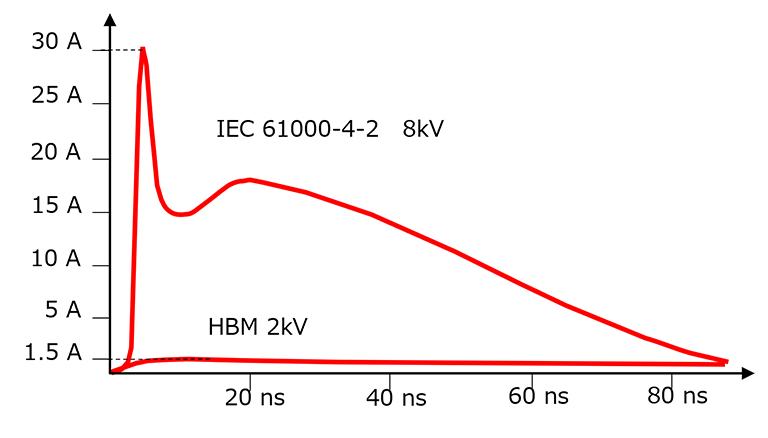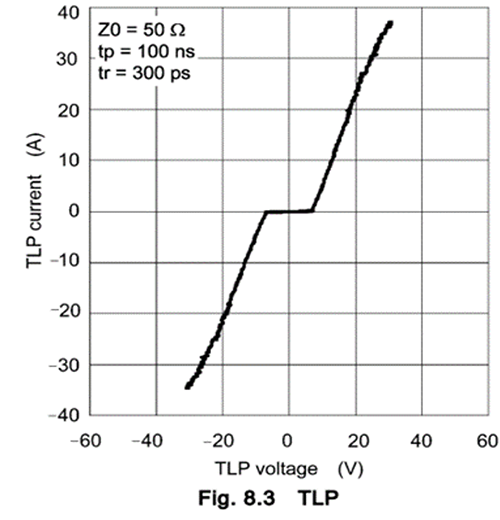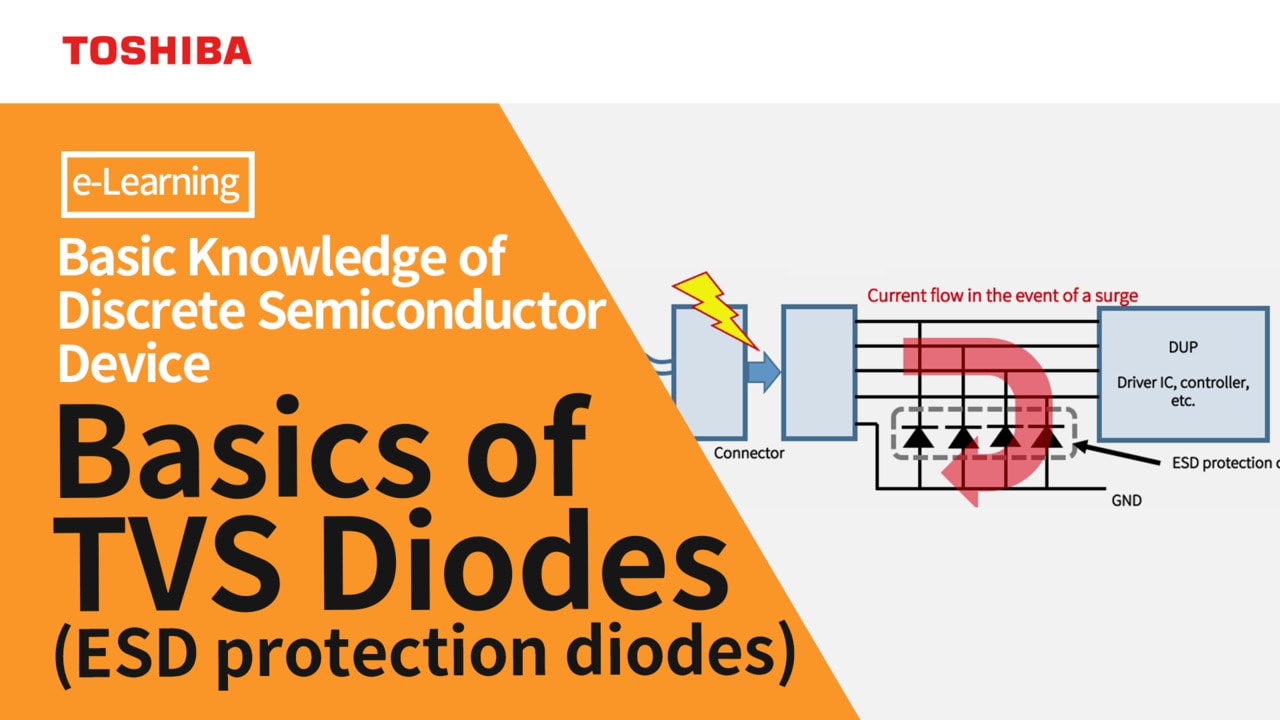- 半導體首頁
-
應用Automotive
Body Electronics
xEV
In-Vehicle Infotainment
Advanced Driver-Assistance Systems (ADAS)
Chassis
IndustrialInfrastructure
BEMS/HEMS
Factory Automation
Commercial Equipment
Consumer/PersonalIoT Equipment
Healthcare
Wearable Device
Mobile
Computer Peripherals
-
產品車用元件
Discrete Semiconductor
Diodes
電晶體
通用邏輯IC
Analog Devices
Digital Devices
Wireless Devices
※
: Products list (parametric search)
功率半導體※
: Products list (parametric search)
隔離器/固態繼電器Photocouplers
Digital Isolators
※
: Products list (parametric search)
MOSFETsIGBTs/IEGTs雙極性電晶體※
: Products list (parametric search)
Diodes※
: Products list (parametric search)
微控制器馬達驅動 ICs智能功率 ICs※
: Products list (parametric search)
電源管理 ICs線性 ICs※
: Products list (parametric search)
通用邏輯 ICs線性影像感測器其他產品其他產品
※
: Products list (parametric search)
-
開發/設計支援
開發 / 設計支援
-
技術知識
- 購買管道
- 型號 & 關鍵字搜尋
- 交叉搜尋
- 參數搜尋
- 線上庫存查詢跟購買
This webpage doesn't work with Internet Explorer. Please use the latest version of Google Chrome, Microsoft Edge, Mozilla Firefox or Safari.
型號需要超過三個文字以上 Search for multiple part numbers fromhere.
The information presented in this cross reference is based on TOSHIBA's selection criteria and should be treated as a suggestion only. Please carefully review the latest versions of all relevant information on the TOSHIBA products, including without limitation data sheets and validate all operating parameters of the TOSHIBA products to ensure that the suggested TOSHIBA products are truly compatible with your design and application.Please note that this cross reference is based on TOSHIBA's estimate of compatibility with other manufacturers' products, based on other manufacturers' published data, at the time the data was collected.TOSHIBA is not responsible for any incorrect or incomplete information. Information is subject to change at any time without notice.
型號需要超過三個文字以上
What is Electrostatic discharge (ESD) testing?
Electrostatic discharge (ESD) testing is performed to test the susceptibility of ICs and electronic devices to ESD. ESD tests are broadly divided into device- and system-level tests. These are go/no-go tests that simply determine whether equipment under test (EUT) is destroyed by ESD.
- Device-level ESD tests:
Device-level ESD tests are performed at electronics manufacturing facilities, etc. where ESD is controlled. The purpose of device-level ESD tests is to determine whether devices under test (DUTs) such as ICs are degraded or destroyed by an ESD strike having relatively small energy. Conventional models for the ESD immunity tests include a human body model (HBM), a machine model (MM), and a charged device model (CDM). All DUT pins are subject to ESD tests. Protection circuits in the DUT provide device-level ESD protection. - System-level ESD tests:
System-level ESD tests are designed to ensure that electronic devices are not degraded or destroyed by ESD strikes that occur in daily life (for example, an ESD strike that occurs when a cable is plugged into a USB port). IEC 61000-4-2 is an ESD immunity standard. In system-level tests, ESD events are applied to the I/O pins that are externally exposed via connectors, touch sensors, and antennas. System-level tests use an ESD waveform with greater energy than device-level tests. Figure 1 compares the test waveforms for device-level (HBM) and system-level (IEC 61000-4-2) ESD tests. Although these waveforms cannot be simply compared because of different test conditions (e.g., impedance), a system-level ESD test applies much higher current than a device-level ESD test. Since it is difficult for the internal protection circuitry alone of an IC to protect against system-level ESD current, you need to add ESD protection diodes externally.

Nowadays, datasheets for ICs and ESD protection devices provide a transmission line pulse (TLP) I-V curve for ESD protection circuitry under short-pulse conditions. The TLP I-V curve helps you evaluate the ESD susceptibility of a system and select the right ESD protection diodes without destroying a DUT.
This type of test is called a TLP test. The datasheets for Toshiba’s new ESD protection diodes also contain TLP I-V curves. See the FAQ entry “What is a TLP test?”
What is a TLP test?

Related Links
For TVS diode (ESD protection diode) products, please refer to the following links.



